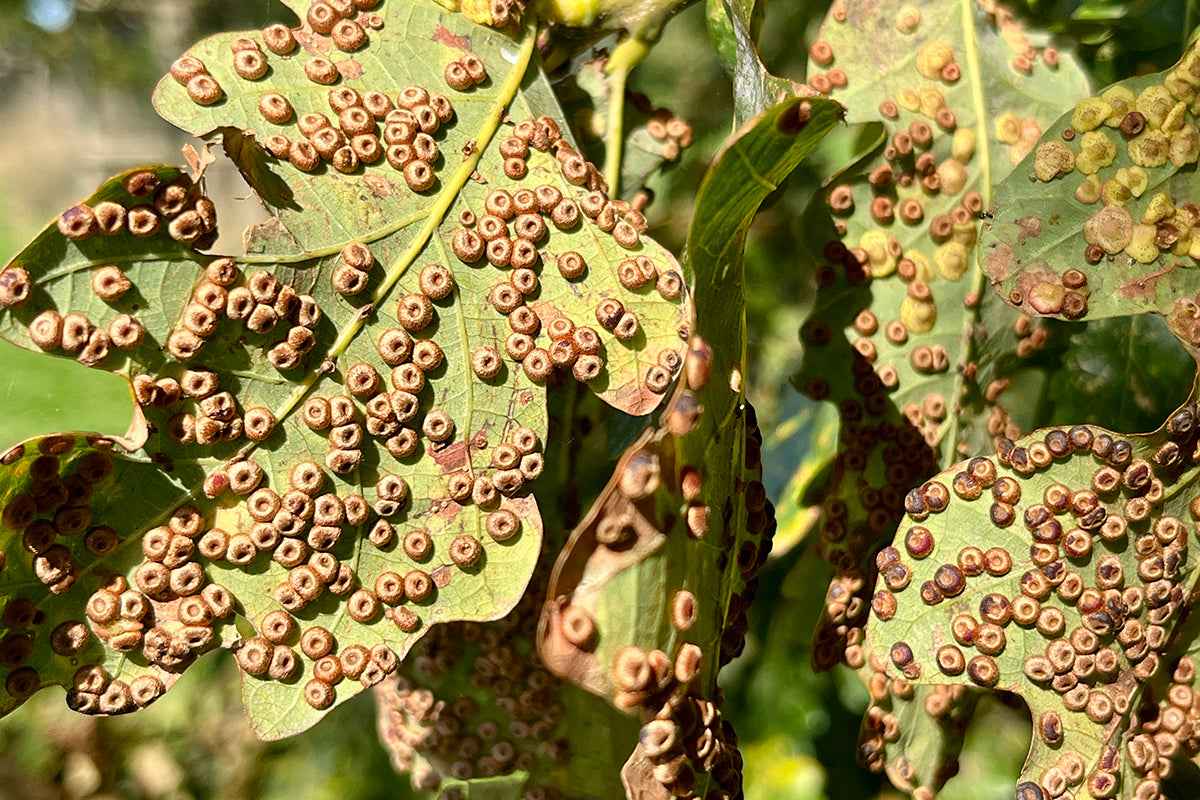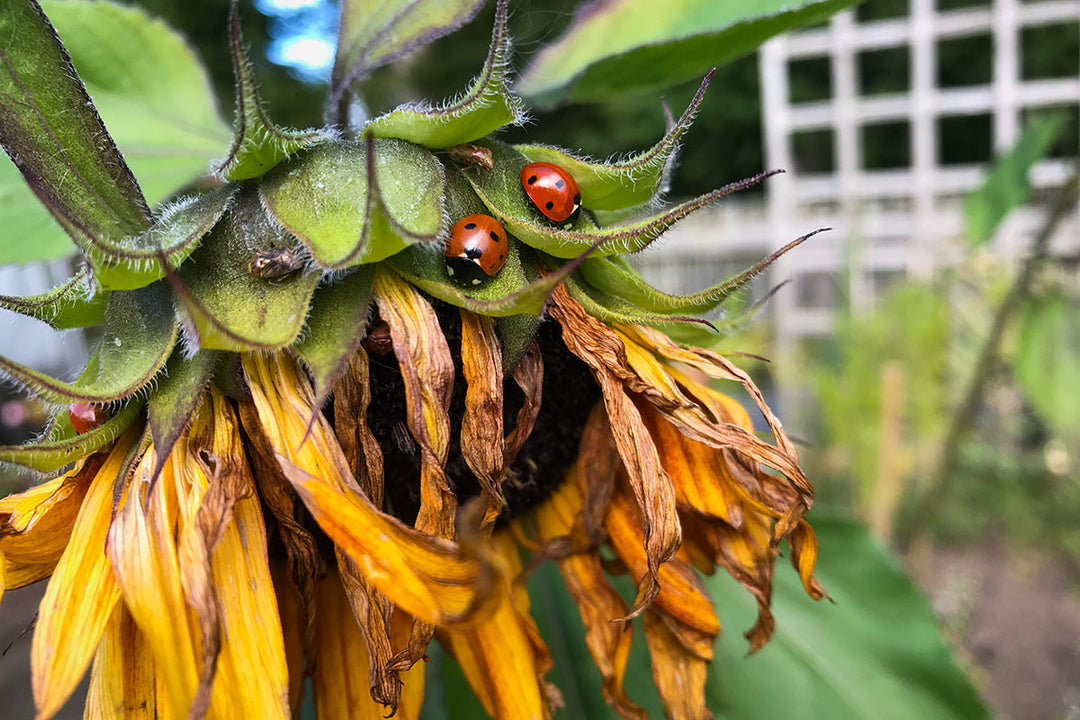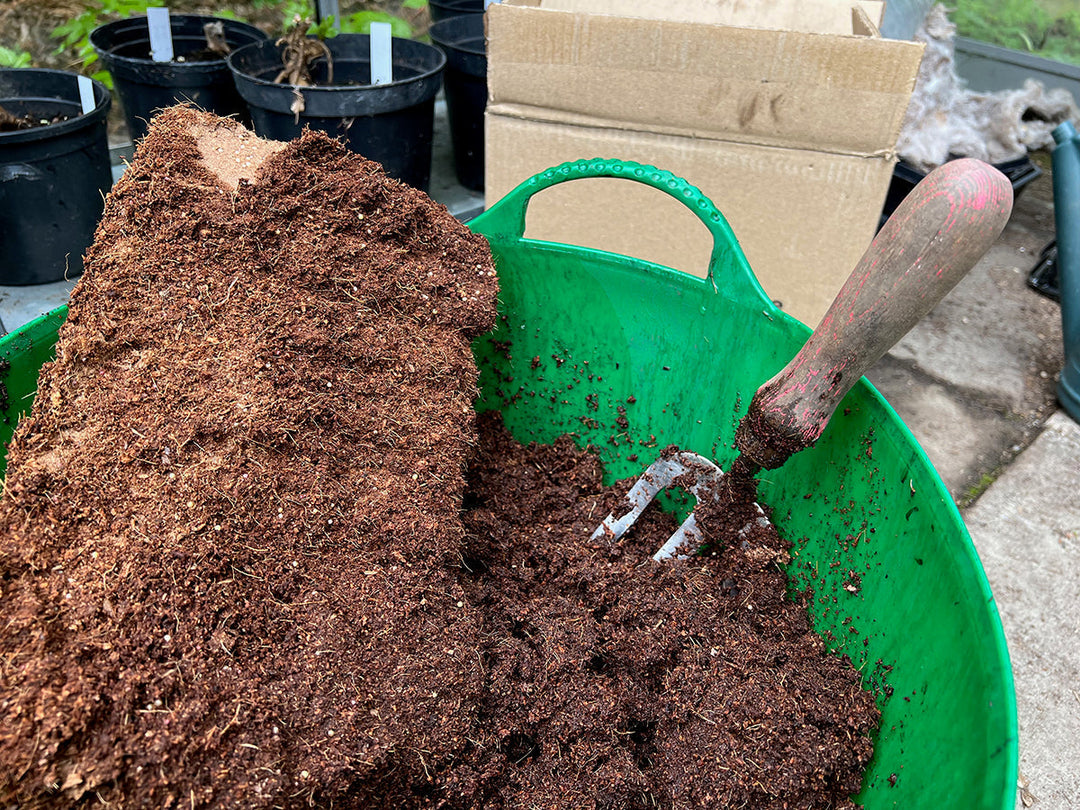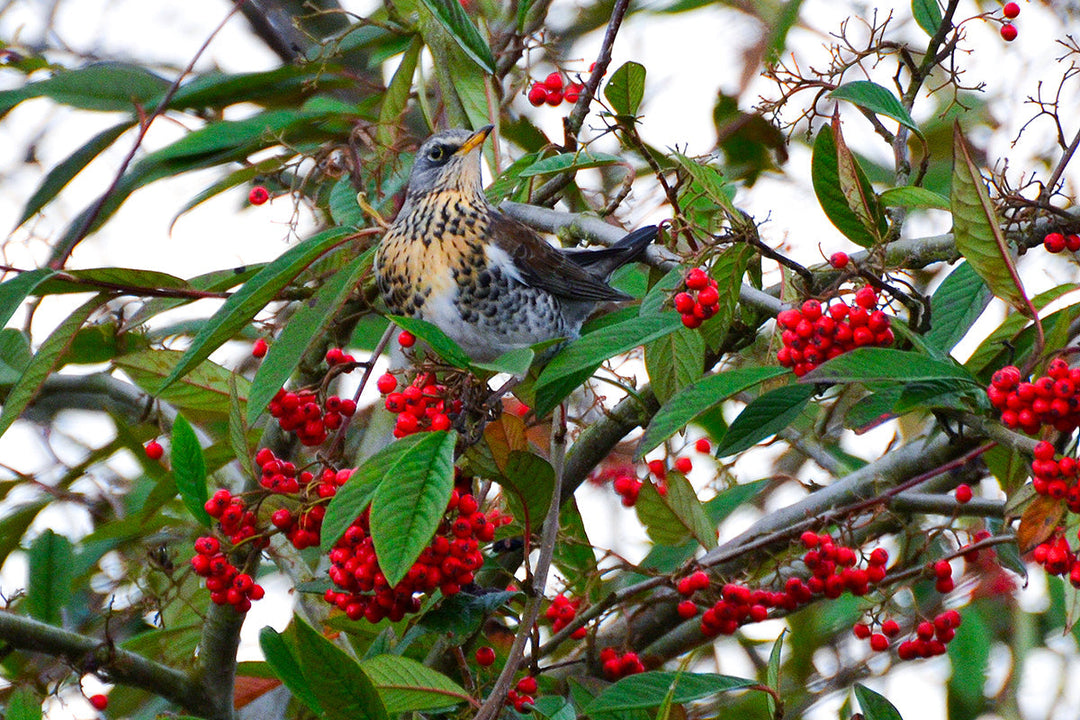Oak galls - silk buttons and independence

Knopper galls, those contorted galls resembling a walnut kernel, have been prolific, often totally encasing the doomed acorn. Cherry galls and oak apples have also been abundant in the warm weather as have the wonderfully named silk button galls (pictured). This particular gall has an interesting ‘agamic’ life cycle with a blister gall first containing the male and female generation of the wasp Neuroterus numismalis. These go on to lay their eggs on the leaf causing overstimulation of the leaf cells leading to formation of the ‘silk button’. The resulting female wasp is held within the gall even after leaf fall with the wasp remaining there until the spring when she emerges to lay her eggs on the newly emerging leaves.
Interestingly oak apple galls have been historically useful in the production of ink and were used in documents such as the 4th century Codex Vaticanus, the 13th century Magna Carta, Shakespeares 1616 last will and testament and the 1776 Declaration of Independence.











